Our favourite places to stay on this sleepy Cebu island.
Earthquake Safety Tips for Travellers in the Philippines
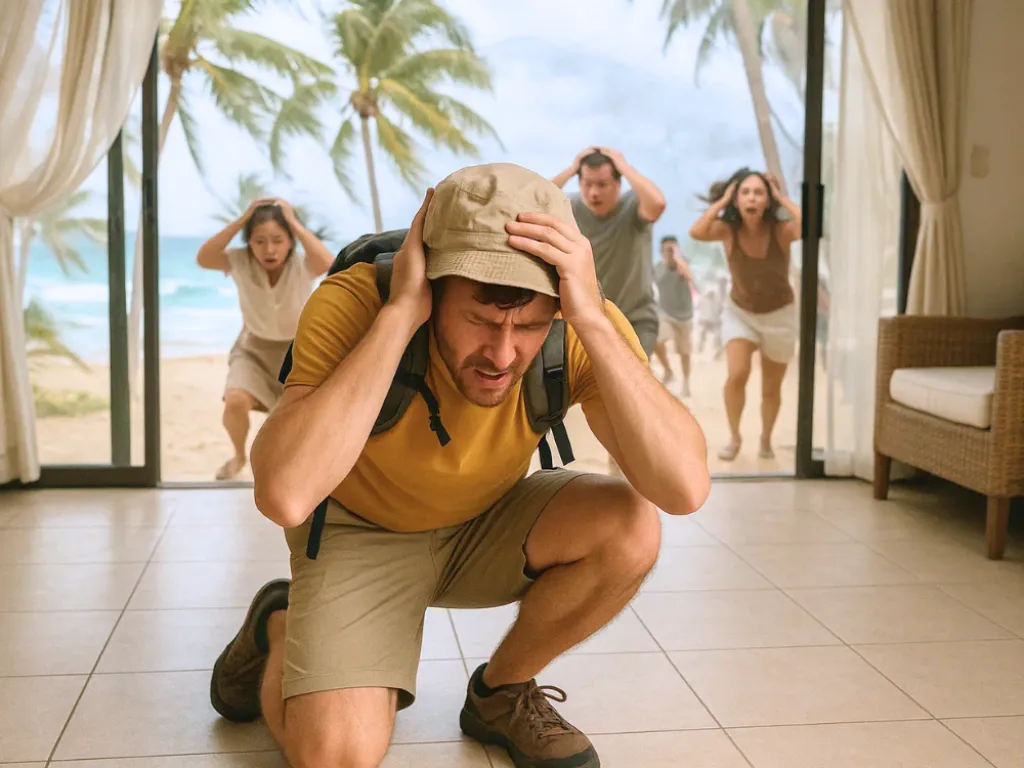
Earthquakes can happen anywhere, even during a relaxing holiday. Recent tremors in parts of the Philippines—like Cebu and Davao—have reminded travellers that natural disasters can strike without warning. Knowing how to respond keeps you safe and helps you stay calm so you can continue enjoying your trip.
Here’s a practical guide for travellers in the Philippines.
1. Prepare in advance before you travel
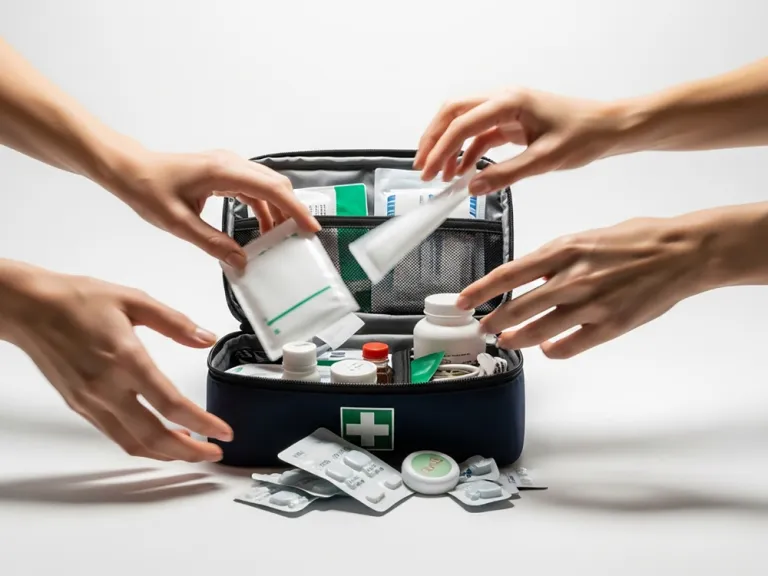
Image credit: Canva Pro
Before you leave, it’s important to plan for unexpected events. Understanding local risks and having essential items ready can make a big difference if an earthquake strikes.
Tips:
Learn local emergency numbers for police, fire, and disaster services.
Choose hotels or resorts built to modern safety standards.
Pack a small emergency kit: water, snacks, flashlight, first-aid supplies, and copies of important documents.
Download local disaster alert apps for real-time updates.
Make sure your travel insurance covers natural disasters and emergency evacuation.
Also read: Cebu Earthquake Wrecks Heritage Churches, Strands Tourists: What Travellers Need to Know
2. How to protect yourself during an earthquake
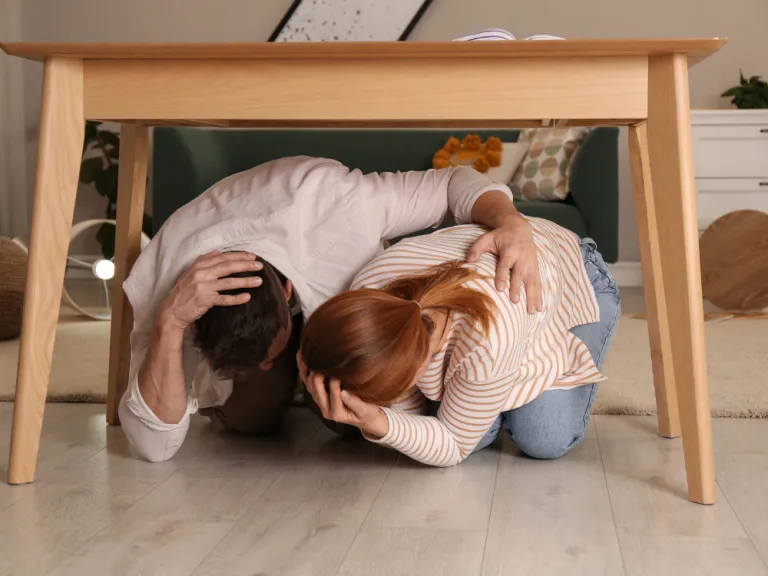
Image credit: Canva Pro
When the ground shakes, staying calm is your first priority. How you react depends on where you are, but the basic principle is to protect yourself from falling objects and avoid danger.
Tips:
Indoors: Drop, cover, and hold on under a sturdy table or desk. Stay away from windows or anything that could fall.
Outdoors: Move to an open area away from buildings, power lines, and trees.
In a vehicle: Pull over safely, stay inside with your seatbelt on, and avoid bridges or tall structures.
Public spaces: Follow staff instructions, avoid elevators, and protect your head.
3. Stay alert even after the shaking stops
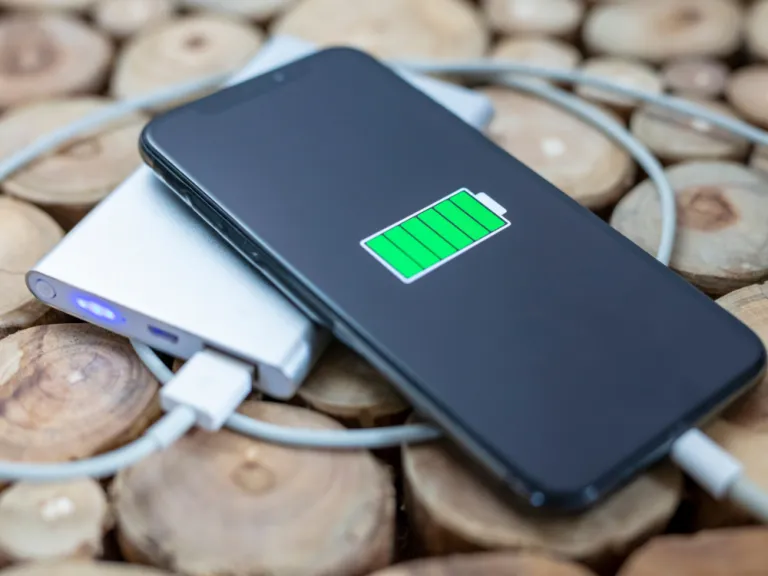
Image credit: Canva Pro
Even after the main tremor, danger may remain. Aftershocks, damaged buildings, or tsunamis can occur, so it’s important to stay careful and follow safety guidelines.
Tips:
Check yourself and companions for injuries and provide basic first aid if needed.
Expect aftershocks and stay cautious.
Inspect accommodation for damage before returning inside.
Move to higher ground if near the sea or rivers to avoid potential tsunamis.
Avoid electrical switches or flames in case of gas leaks.
Keep your phone charged and update family or friends about your safety.
4. Extra travel-friendly safety tips
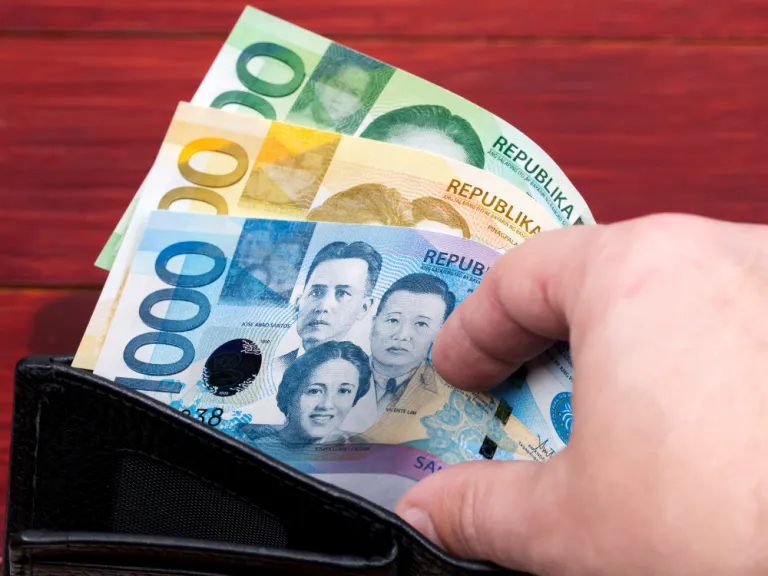
Image credit: Canva Pro
Some simple items and small actions can make a big difference if an earthquake happens during your trip.
Tips:
Wear sturdy shoes to protect your feet from broken glass or debris.
Carry cash in case electronic payments are unavailable.
Keep a scarf or raincoat in your bag—they can be used for warmth, sun protection, or first aid.
Use a flashlight and water bottle to make a makeshift lantern during power outages.
5. Stay informed
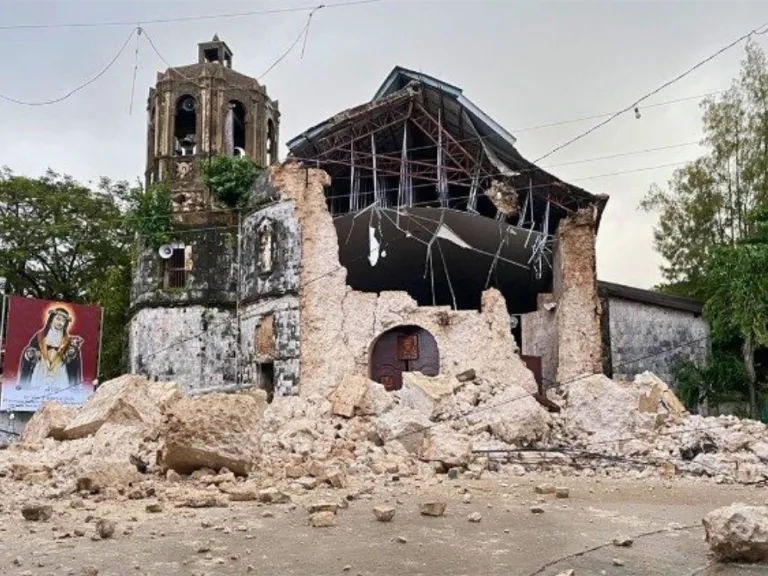
Image credit: Vatican News | Santa Rosa de Lima Church in Cebu, Philippines after a megaquake
Being aware of your surroundings and following official advice can help you stay safe before, during, and after an earthquake.
Tips:
Follow local government disaster information accounts or apps.
Know the location of evacuation areas near your hotel or popular attractions.
Check weather and seismic updates throughout your trip.
Preparedness isn’t about fear, it’s about confidence. With a few practical steps, you can enjoy your travels in the Philippines safely, knowing you’re ready if the unexpected happens.
Published at
About Author
Wynona Purl
Subscribe our Newsletter
Get our weekly tips and travel news!
Recommended Articles
10 Bantayan Island Resorts, Hotels, and Rentals for Your Tropical Escape 10 Best Things to Do in Los Angeles Los Angeles is more than Hollywood stars. From hikes with killer views to beaches straight out of a rom-com, here are 10 must-do LA experiences for Filipino travellers or any wanderers in general!
10 Creative Hangout Spots Around Metro Manila for Artsy Souls Looking for a place to meet fellow artists and thinkers? Here are 10 collaborative spaces in Metro Manila where creatives can hang out, brainstorm, and build ideas.
10 Cutest Cafes in Japan That Are Totally One of a Kind From Pikachu snacks to Totoro cream puffs, here are 10 themed cafes in Japan that prove café hopping should be part of your travel itinerary.
10-day Christmas and New Year Japan Trip: Complete Travel Itinerary Celebrate Christmas and New Year in Japan with this 10-day holiday vacation itinerary packed with Tokyo lights, Kyoto charm, and Osaka adventures.
Latest Articles
Bluey’s Coming to Manila in 2026! Here’s How to See the Stage Show and What You Need to Know See ticket details for Bluey's stage show in Manila!
Filipino Married Women Are Now Allowed to Revert to Their Maiden Name on Passports One-time chance to reclaim your maiden name. Would you do it?
Oman Might Soon Be Visa Free for Filipinos: Here’s Why You’ll Want to Visit Learn why Oman is becoming a promising destination as it prepares to ease entry for Filipino travellers.
Where to See Capybaras, Otters, Moo Deng, and Other Trending Cute Animals in Philippines and Around Asia Here’s the ultimate guide for people wanting to meet the internet superstar animals up close!
NAIA Biometric eGates to Launch in December Ending Long Immigration Lines Filipinos can breeze through immigration as NAIA Launches biometric eGates in December!

